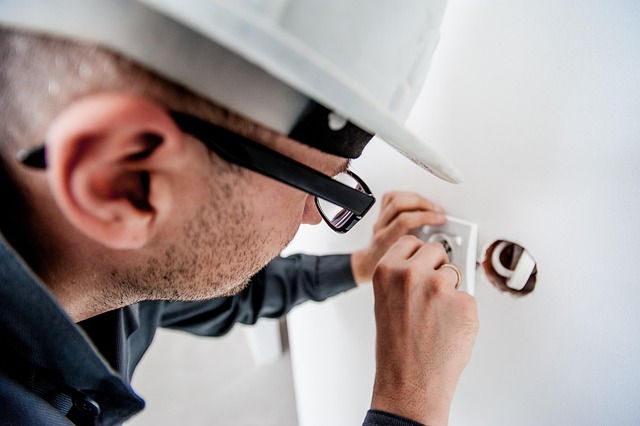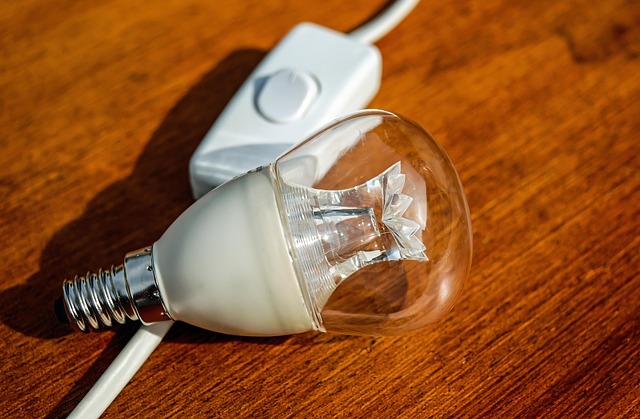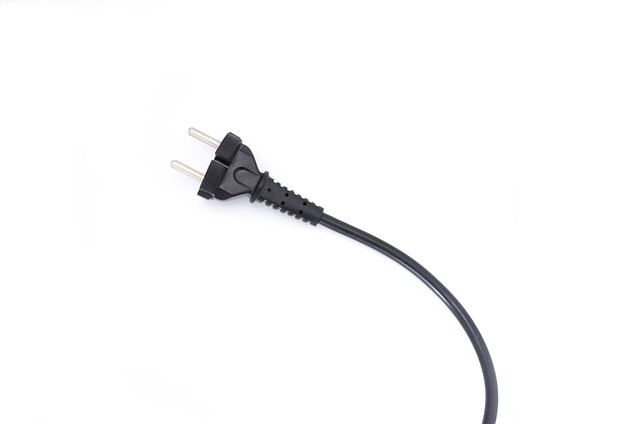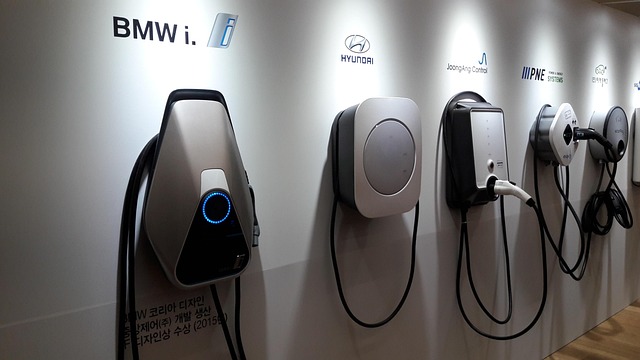Electric vehicles have transformed the way we think about mobility, blending cutting‑edge technology with environmental responsibility. At the heart of this transformation lies the electric motor, the battery pack, and the network of electrical cables that carry power, data, and signals throughout the vehicle. While drivers often focus on performance or range, the integrity of these cables is paramount for both functionality and safety. This guide examines the essential aspects of safety electrical cables used in electric car engines, covering materials, installation, inspection, and emerging trends that will shape the next generation of electric vehicle service parts.
Why Safety Electrical Matters in Electric Car Engines
In traditional internal combustion engines, safety concerns mainly revolve around fuel leaks, exhaust fumes, and mechanical wear. Electric cars introduce high‑voltage circuits—often exceeding 400 V—that must be managed with equal care. A fault in a safety electrical cable can lead to short circuits, thermal runaway, or even fire. Consequently, manufacturers design these cables with rigorous standards, and service technicians must adhere to strict procedures when replacing or repairing them. The consequences of ignoring safety electrical guidelines are not only costly but can endanger occupants and first responders.
Key Components of a Safe Electrical Cable System
A well‑designed safety electrical cable for an electric car engine typically includes:
- Insulation: High‑temperature, flame‑retardant materials such as cross‑linked polyethylene or silicone that resist degradation under heat and mechanical stress.
- Shielding: Metallic layers—often copper or aluminum—to prevent electromagnetic interference (EMI) and protect against accidental contact.
- Armor: Steel or braided wire that safeguards cables against abrasion, puncture, and crushing forces.
- Connector Integrity: Robust, secure connectors that maintain signal quality and prevent accidental disconnection during vibration.
- Compliance Labels: Certification markers (e.g., UL, IEC, ISO) that confirm adherence to safety and performance standards.
Common Cable Types in Electric Vehicles
While all cables share core safety features, specific applications demand specialized designs. Below are the most prevalent cable categories you’ll encounter during electric car engine servicing:
- High‑Voltage Power Cables – Transmit power from the battery to the motor controller and inverter. These cables require thick insulation, extensive shielding, and high dielectric strength.
- Low‑Voltage Control Cables – Carry sensor data, actuator signals, and communication protocols (CAN, LIN, Ethernet). Their focus is on signal fidelity and minimal cross‑talk.
- Thermal Management Cables – Used in battery cooling loops and heat‑exchanger interfaces. They combine conductive materials with flexible, heat‑resistant polymers.
- Grounding and Bonding Cables – Ensure electrical continuity and protect against stray voltages. These cables often feature a braided shield and robust connectors.
Installation Best Practices for Safety Electrical Cables
Proper installation is the first line of defense against future failures. Service technicians should follow these guidelines:
- Adhere to the OEM Wiring Diagram: Every cable’s routing, length, and termination point are specified to maintain optimal performance.
- Maintain Minimum Bend Radius: Over‑tight bends can compromise insulation and lead to cracks.
- Use the Correct Connector Type: Mismatch connectors can cause poor electrical contact and overheating.
- Secure Strain Relief: Attach strain‑relief fittings to prevent mechanical stress at the cable termination.
- Implement Cable Management Systems: Use loom or cable trays that allow airflow and reduce friction.
“Every cable you install today influences the vehicle’s safety tomorrow.” – Lead Electrician, National Automotive Service Organization
Inspection and Maintenance Protocols
Even the most robust cables can degrade over time due to vibration, temperature cycling, or chemical exposure. Routine inspections help detect early signs of wear. A typical inspection checklist includes:
- Visual inspection for cuts, abrasions, or discoloration.
- Continuity testing to ensure no open circuits.
- Dielectric testing for insulation integrity.
- Connector torque verification to prevent loosening.
- Checking strain‑relief integrity and cable routing for obstructions.
Maintenance schedules should align with manufacturer recommendations, typically ranging from every 10,000 to 30,000 miles. When a fault is detected, replacement cables should be sourced from reputable suppliers that meet or exceed the original equipment manufacturer’s (OEM) specifications.
Common Troubleshooting Scenarios
Service teams frequently encounter issues that stem from compromised safety electrical cables. Below are some common scenarios and how to address them:
- Intermittent Power Loss: Often caused by a loose connector or damaged insulation. Inspect and reseat connectors, and replace any cable sections showing wear.
- Overheating at Junction Boxes: Indicates poor contact or insufficient current capacity. Check for corroded pins, tighten fittings, and verify cable gauge matches the load.
- Unexpected Ground Faults: May result from damaged ground straps or improper grounding. Ensure all grounding points are clean, free of paint, and securely fastened.
- Signal Interference: Common in low‑voltage control cables. Use shielded cables, verify proper grounding, and avoid routing near high‑current cables.
Emerging Trends in Safety Electrical Cable Design
The electric vehicle industry is rapidly evolving, and cable technologies are no exception. Manufacturers are exploring several promising avenues to enhance safety and performance:
- Ultra‑Thin, Flexible Cables: Innovations in conductive polymers and composite materials allow cables that are lighter and more pliable, reducing weight and improving fit in constrained spaces.
- Integrated Sensors: Embedding temperature or strain sensors within the cable sheath provides real‑time health monitoring, enabling predictive maintenance.
- Advanced Flame‑Retardant Coatings: New formulations achieve higher fire resistance while maintaining flexibility, crucial for high‑temperature battery compartments.
- Modular Cable Assemblies: Standardized, plug‑and‑play modules reduce installation time and minimize human error during repairs.
- Recyclable Materials: Growing emphasis on sustainability drives research into biodegradable or recyclable insulation and conductive fibers.
Conclusion: A Culture of Safety and Continuous Improvement
As electric cars become mainstream, the importance of safety electrical cables in ensuring reliable, efficient, and secure operation cannot be overstated. By understanding the components, adhering to installation best practices, performing rigorous inspections, and staying informed about emerging technologies, service technicians can safeguard vehicles and their occupants. The road ahead will demand ongoing education and a commitment to continuous improvement, ensuring that every cable installed today contributes to a safer, cleaner, and more sustainable transportation future.




